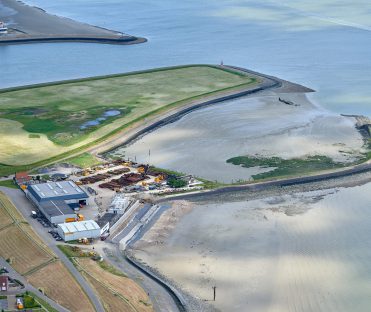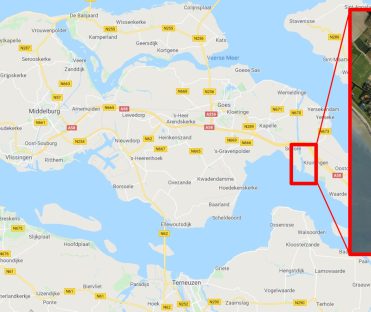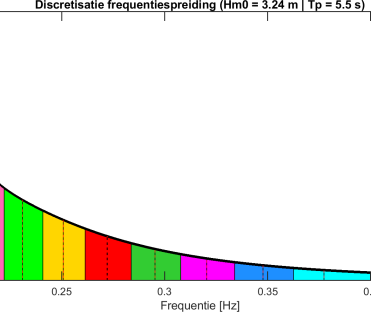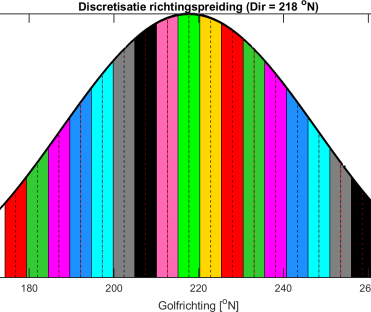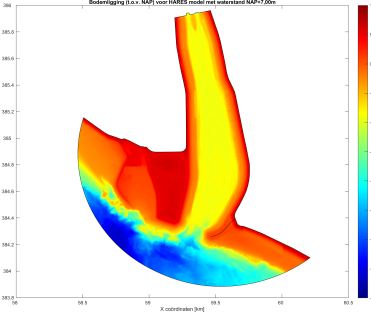Wave conditions port of Hansweert
DOWNLOAD PROJECT SHEET
Constructing hydraulic database (waves) for the port of Hansweert

Scheldestromen Water Board

Hansweert, the Netherlands

2020
Construct hydraulic database with 'HB-Havens'
Databases with wave conditions are available for the Western Scheldt Estuary; the so-called hydraulic boundary conditions (HR). In these databases, various locations along the estuary bank are available, but not inside the ports. To determine reliable hydraulic boundary conditions in ports, Rijkswaterstaat has developed the tool ‘HB-Havens’. This method has been applied by Svašek Hydraulics in the port of Hansweert (the Zuidervoorhaven) to derive realistic hydraulic boundary conditions for the Hansweert dike reinforcement project.
The wave conditions in the Zuidervoorhaven are governed by wave penetration from the Western Scheldt, by local wind growth in the port itself and by wave reflection and transmission. With ‘HB-Havens’ the available HR database on the Western Scheldt, at the mouth of the port, has been translated into an HR database for various locations inside the port.
The wave penetration in the Zuidervoorhaven is modelled with the numerical wave model HARES. This model is developed by Svašek Hydraulics and approved by Rijkswaterstaat for appliance in ‘HB-Havens’. The numerical wave model SWAN was used to determine the local wind wave growth inside the port.
With HARES, all relevant wave conditions at the HR location at the mouth of the port have been transferred to various locations inside the port. This has been done for many different combinations of wind directions, wind speed and water levels. Wave conditions coming from land have not been modelled with HARES, because these waves do not penetrate into the port. With the numerical wave model SWAN, all combinations have been modelled to determine the contribution of local wave growth inside the port. The results of all these calculations are imported in ‘HB-Havens’ and subsequently a database is created for various locations inside the port. This database can be used directly the software packages Hydra-NL and Riskeer for the design and assessment of the dike reinforcement in Hansweert.
With increasing water levels, the transmission over the breakwaters increases and the silt depot is increasingly submerged. For this reason, separate HARES calculation grid has been made for each modelled water level, consisting of 2.7 to 5.2 million elements. The grid size depends on the water depth so that there are at least 16 elements per wavelength at each location.
Within HARES, each wave condition is divided into 15 frequencies and 17 directions, which are considered as a whole within a HARES calculation. During each iteration step, the entire wave spectrum is constructed and the energy dissipation due to bottom friction and wave breaking is determined based on the total wave height. This way it is prevented that too much wave energy enters the port.
Bernard Eikema
Project leader

MORE INFORMATION ABOUT SVAŠEK OR OUR EXPERTISES?
Please contact us or make an appointment.
CONTACT US
